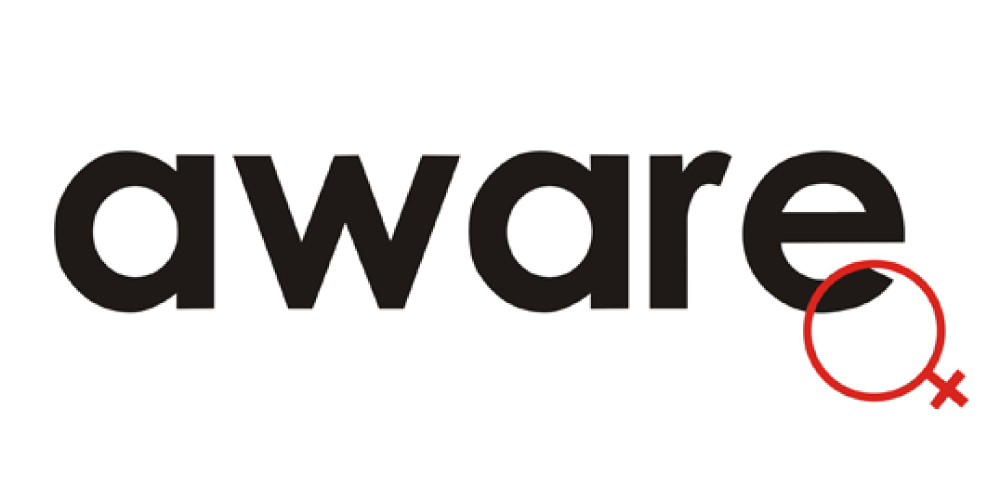Gender-equality group AWARE’s Sexual Assault Care Centre (SACC) has seen the number of technology-facilitated sexual violence (TFSV) cases tripled across four years.
In 2019, SACC received 140 TFSV cases, out of a total of 777 cases (18 per cent).
Earlier in 2016, SACC received 47 TFSV cases, out of 338 total cases. In 2017, it received 88 TFSV cases, out of 515 total cases; and in 2018, 118 TFSV cases, out of 808 total cases.
AWARE defines technology-facilitated sexual violence as unwanted sexual behaviors carried out via digital technology, such as digital cameras, social media and messaging platforms, and dating and ride-hailing apps.
These behaviors range from unwanted and explicit sexual messages and calls, and coercive sex-based communications, to image-based sexual abuse, which is the non-consensual creation, obtainment and/or distribution of sexual images or videos of another person.
Image-based sexual abuse includes sexual voyeurism, the non-consensual distribution of sexual images (so-called “revenge porn”), and threats to do the above.
TFSV cases seen by SACC in 2019 included:
- 54 cases (39 per cent of total) involving image-based sexual abuse
- 41 cases (29 per cent of total) involving unwanted and explicit sexual messages and calls
- 21 cases (15 per cent of total) involving sexual abuse facilitated by dating or ride-hailing
apps - 24 cases (17 per cent of total) involving multiple forms of abuse
In most of the TFSV cases, the perpetrator was known to the survivor. Acquaintances (20 per cent of cases), ex-intimate partners (18.6 per cent of cases), and current intimate partner (10 per cent of cases) were the highest reported categories of perpetrator.
In cases pertaining specifically to unwanted or explicit sexual messages, persons from the workplace were the most reported perpetrator type, at 32.5 per cent of such cases.
While all TFSV cases involve an aspect of technology, the abuse sometimes occurs in offline spaces too, and can take the form of physical or verbal sexual harassment, rape, sexual assault (the three most common types of offline abuse), stalking, public humiliation or intimidation.
In some cases, technology plays the role of connecting the perpetrator to the victim, i.e. via dating or ride-hailing apps. In others, a perpetrator obtains images of a victim without the latter’s consent, then blackmails the victim into having sex (i.e. “sextortion”).
The number of TFSV cases involving offline abuse remained high in 2019: Fifty cases (36 per cent of total) involved offline abuse facilitated by technology, and 30 (21 per cent) involved both online and offline abuse.
“The terms surrounding technology-facilitated sexual violence – from ‘upskirting’ to ‘SG Nasi Lemak’ – have become depressingly common parlance in Singapore of late, given how often such cases are reported in the news,” said Shailey Hingorani, Head of Advocacy and Research at AWARE.
“For many, the incidents no longer shock. When it comes image-based sexual abuse, we even know that men explicitly encourage each other to commit these acts over and over. So it is entirely unsurprising to see our case numbers going up. The trend is likely to continue.”
In SACC’s experience supporting TFSV survivors, staff have observed an emotional, mental, and physical toll on clients, linked to their loss of dignity, privacy, and sexual autonomy.
This is exacerbated by the survivors’ limited ability to contain the spread of images and videos once they are uploaded and shared, and difficulty establishing contact with platforms to facilitate the take-down of these materials. As a result, perpetrators are seldom held accountable.
“For the sake of a perpetrator’s momentary pleasure or spite, a survivor may live with anxiety for the rest of her life, knowing that her images are being disseminated online to countless strangers,” added Ms Hingorani.
“We hope that more education is provided to youth in Singapore to cultivate their empathy and respect, and counter the negative influence that they may receive on social media or other parts of the internet.”
AWARE has taken steps to expand its research and advocacy on technology-facilitated sexual violence. Earlier this year, the organisation held a contest to crowdsource initiatives against image-based sexual abuse in Singapore.
One winning team is creating a centralised website with practical and up-to-date guidelines for image-based sexual abuse survivors to take action or seek support. The other winner is carrying out research into the various recourse options available to image-based sexual abuse survivors, evaluating their effectiveness, impact, and limitations.
Through these collaborations, AWARE aims to strengthen its recommendations regarding these types of sexual abuse.
Read: AWARE Raises S$480,000 At Its First-Ever Virtual Charity Ball Celebrating 35 Years Of Advocacy AWARE Launches Chat Service To Better Support Survivors Of Abuse And Violence




